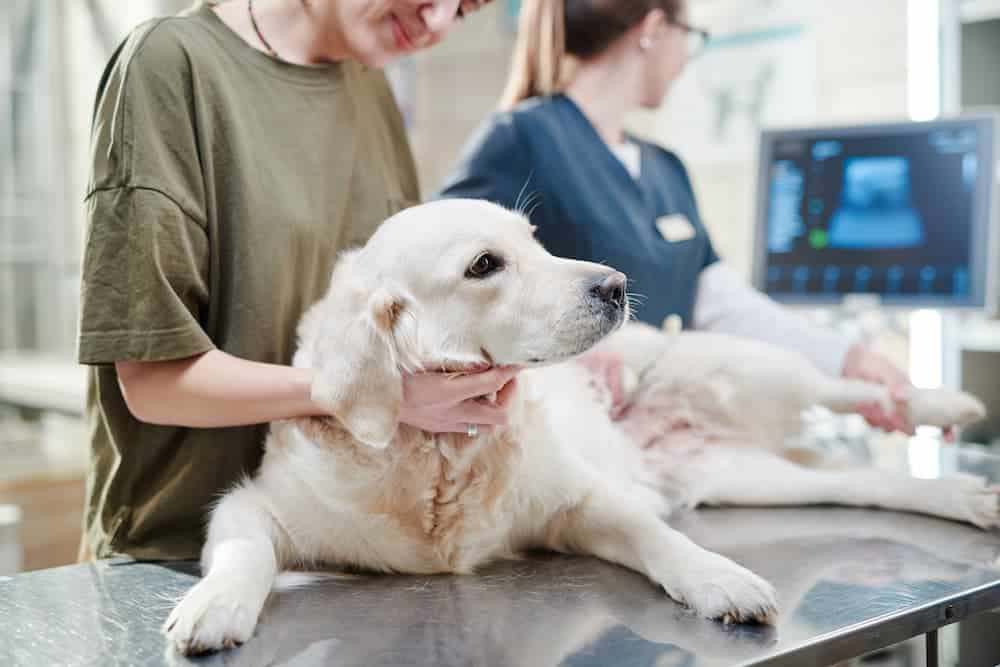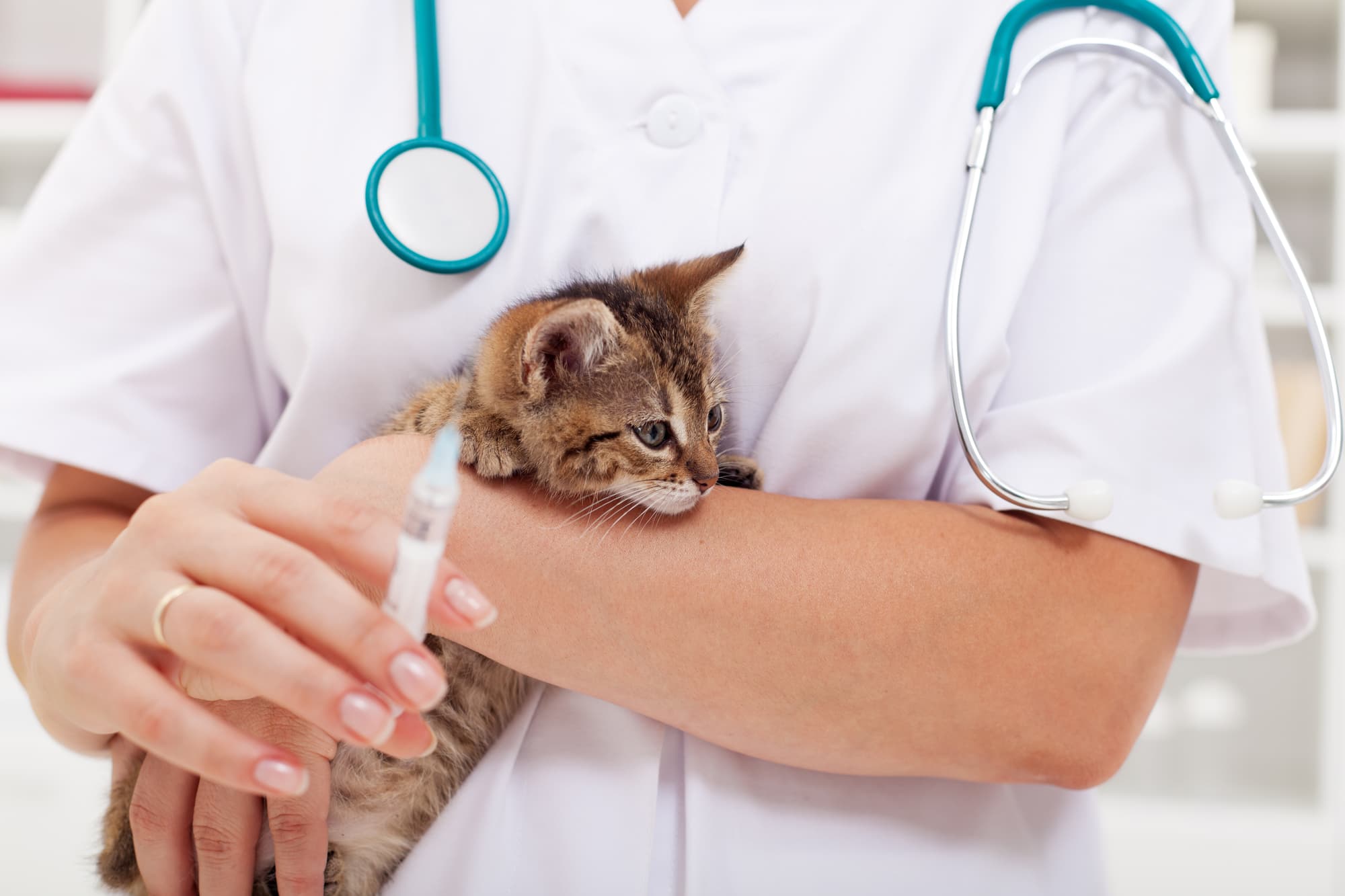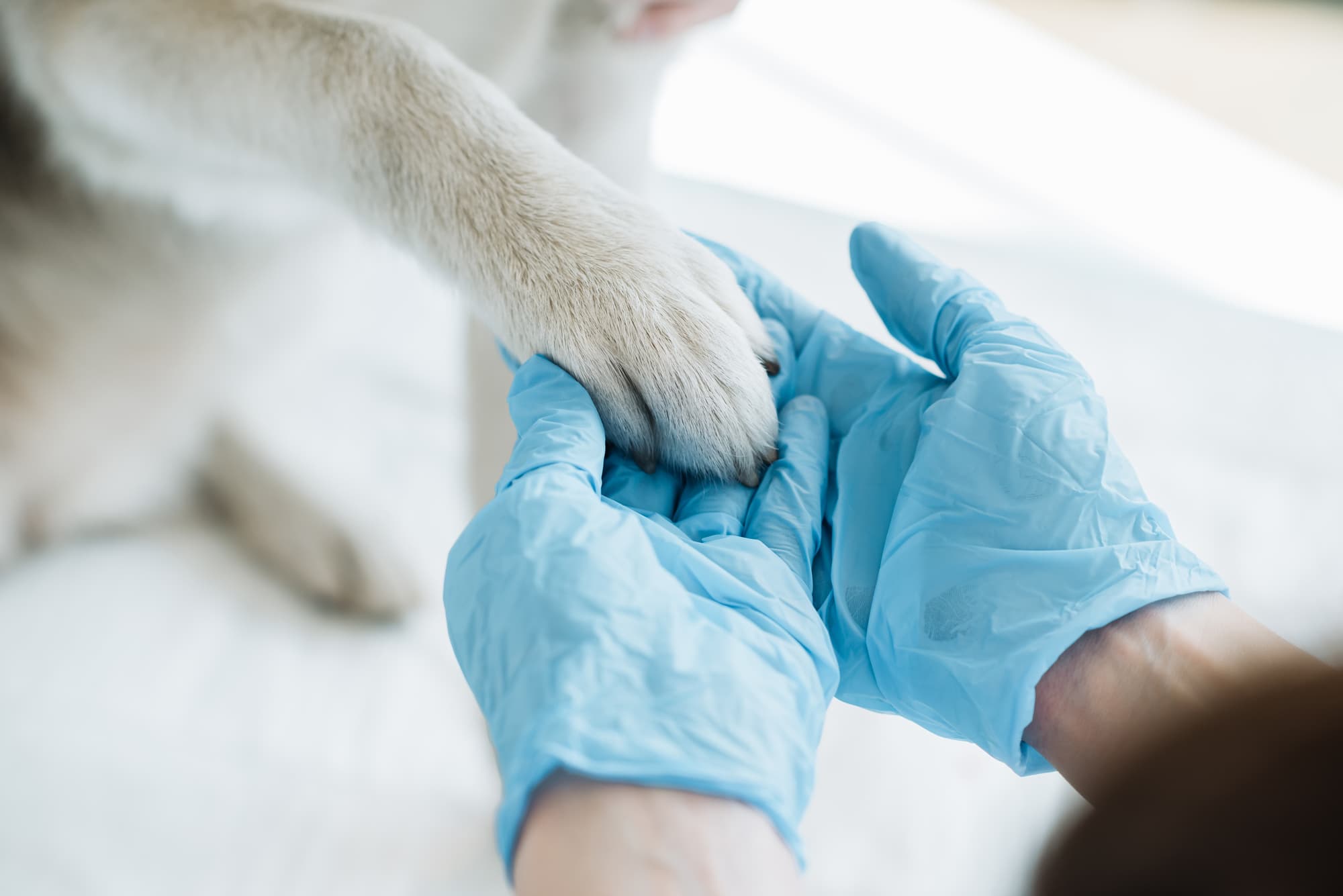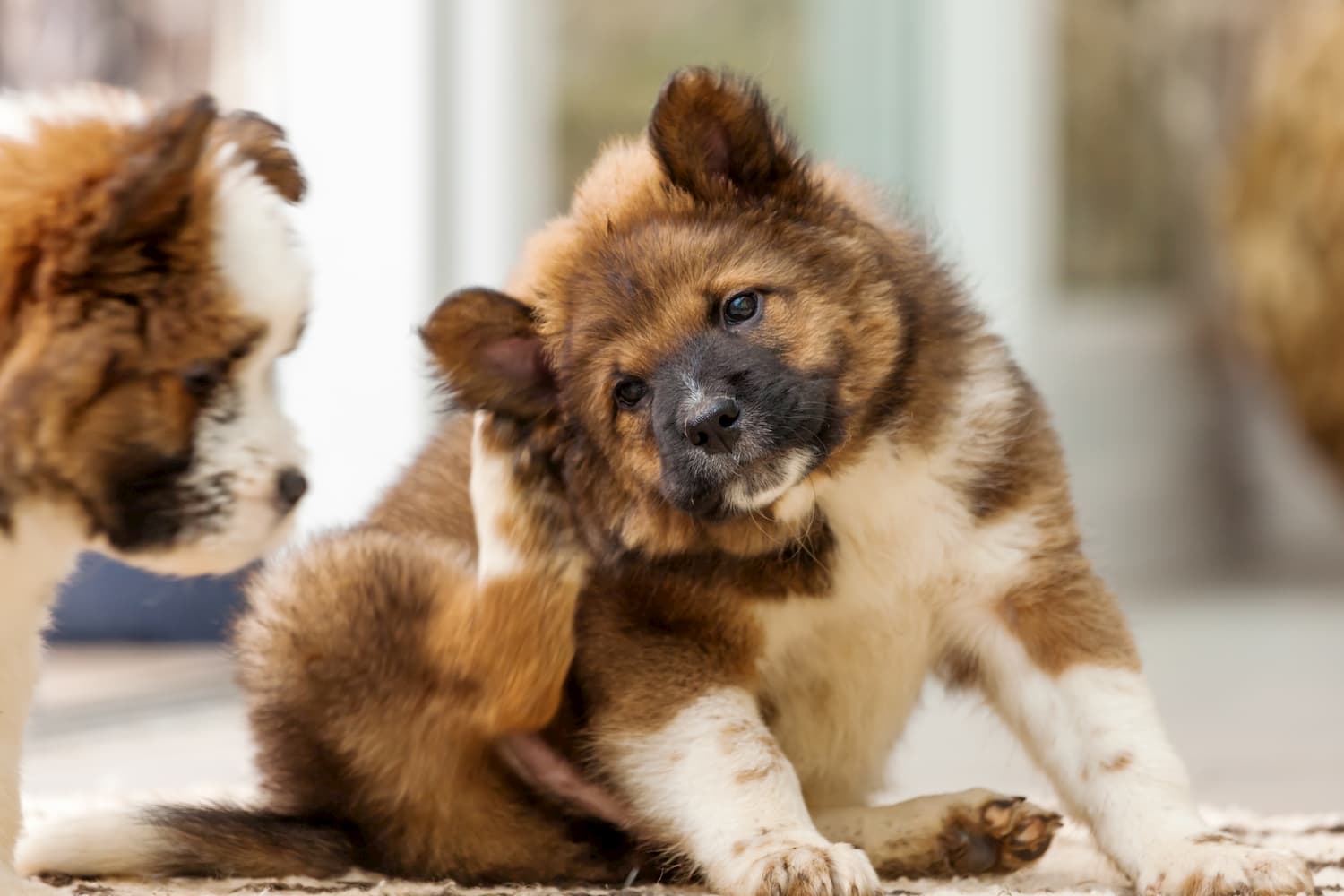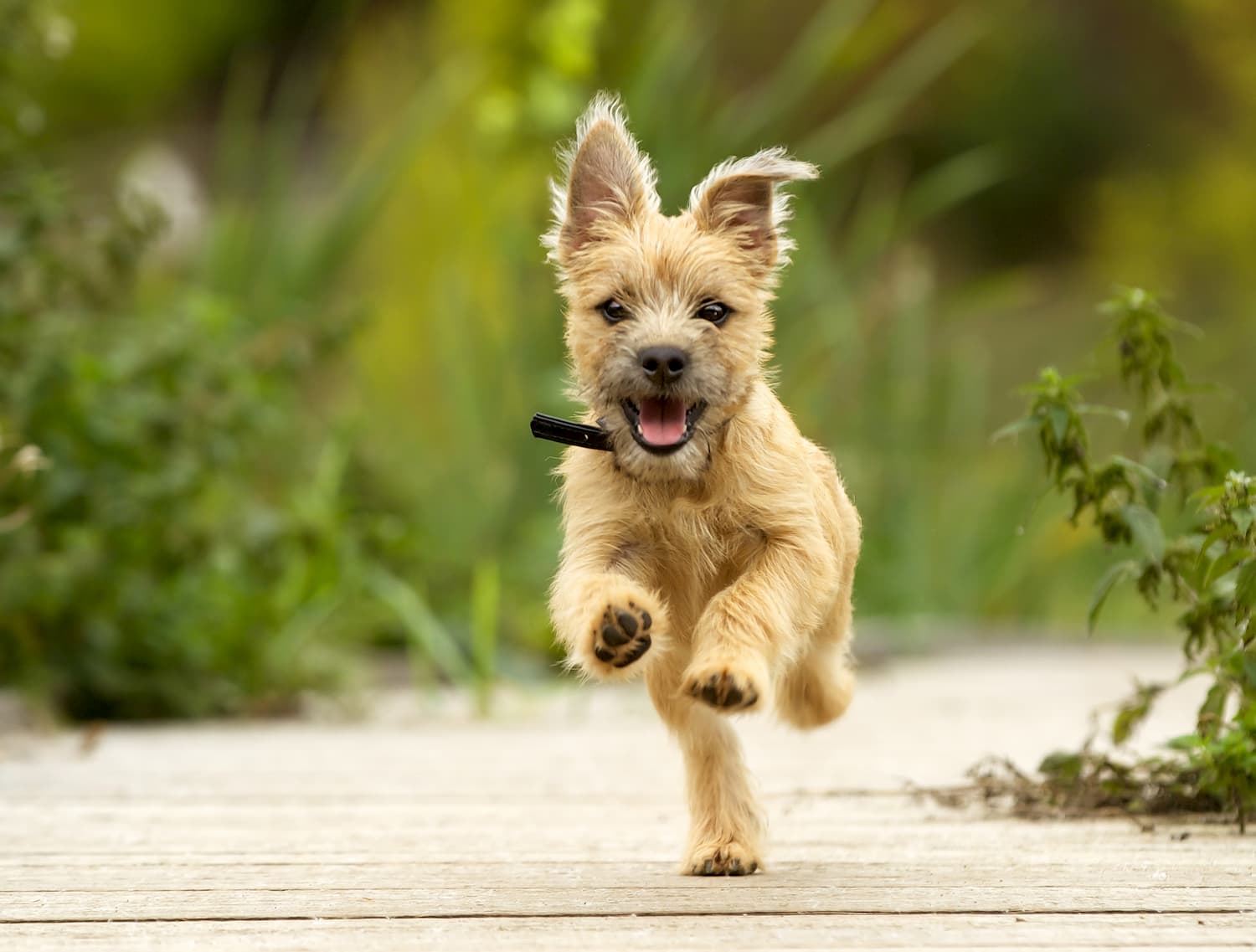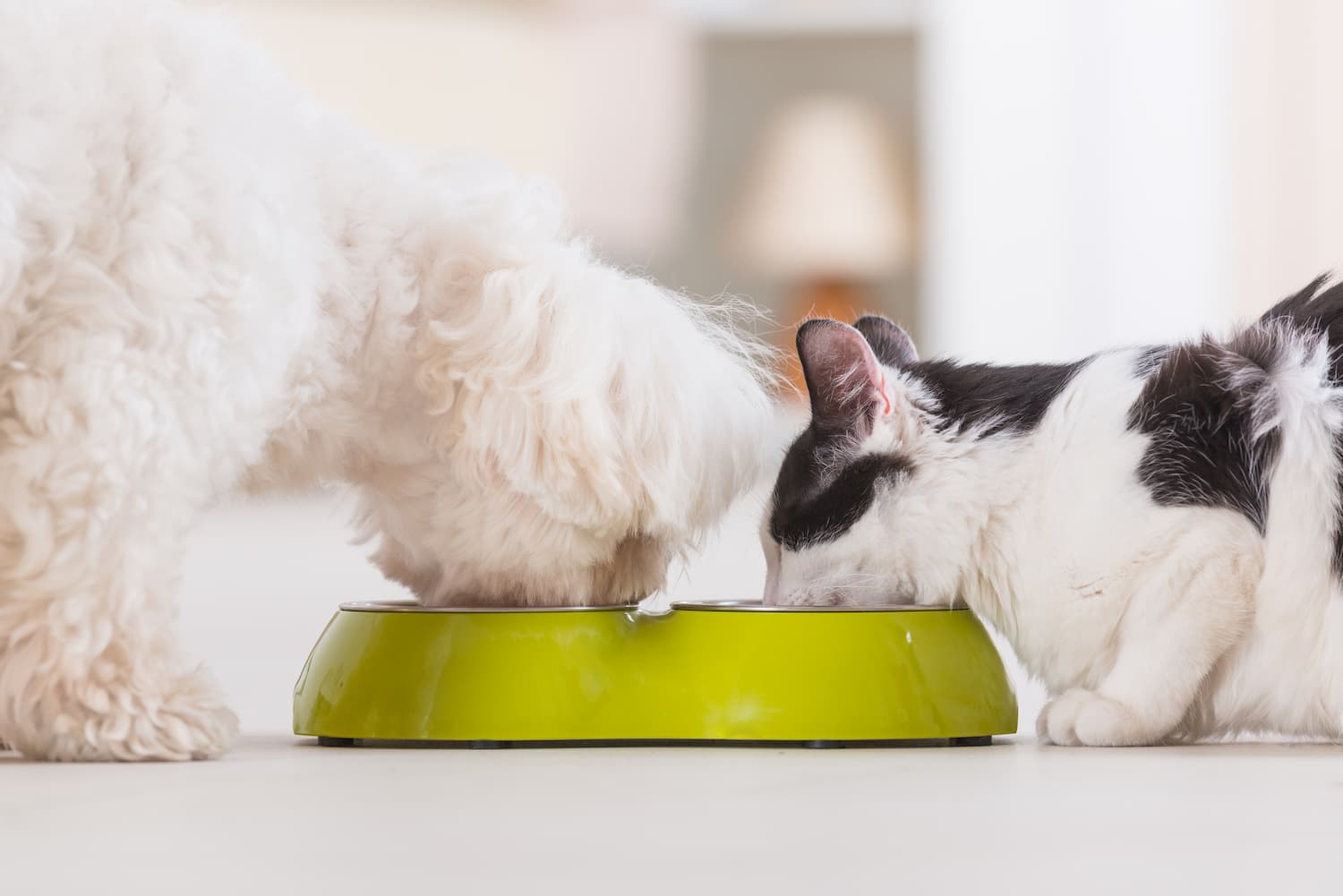So, you’ve got a new furry little companion in your life and you wondering how to give them the best start at puppy training? We’ll take you through some handy hints and tricks to ensure you and your four-legged friend get off to flying start.
And remember, no matter what you’re training your puppy through, it’s all about positive reinforcement. You want your dog to love and respect you, not fear you. This just means rewarding your pup for good behaviour—and never punishing them if they get things wrong occasionally.
Ready to get into it? Check out our round up of puppy training basics below.
Puppy Socialisation
Introducing your new puppy to socialisation with other dogs and humans while they’re still young is a great way to ensure they grow into a well-adjusted adult dog. Puppies have what is called a ‘critical socialisation period’. During this stage of development and learning, the puppy’s experiences mould their future behaviour as a puppy and adult dog.
One of the best ways to begin socialising your pup is to enrol them in puppy training school. This not only provides a safe, controlled, and positive environment from them to learn in, but provides a comprehensive puppy training experience too. Check out our puppy training Melbourne course to get you and your new pup enrolled.
How to Teach Your Dog to Sit, Drop, Come and Stay
Nothing is quite as rewarding as working with your puppy to learn new tricks. One of the purest forms of joy comes from watching your little pooch sit for the first time or drop to the floor on command.
Puppy obedience training is great for the pup’s development and provides a unique opportunity for bonding between you and your canine companion.
Our how-to guide will walk you step-by-step through the process of getting your pup to sit, drop, come and stay. All you’ll need are some treats, patience and a (where possible) distraction free setting.
Toilet Training Tips and Tricks for Puppies
Accidents are bound to happen with your pup. When this occurs in the beginning, it’s best to accept them and react calmly. If you manage to get there in the middle of the act, calmly take your pup outside to finish. It’s best to avoid rubbing their nose in the mess or yelling. This can lead to your pup sneaking accidents or being too fearful to go to the toilet in front of you at all.
As a general rule, puppies have small bladders and will need to go to the toilet every 1-2 hours. They’ll also need to go straight after eating, awaking or playing. You can get more puppy toilet training tips here.
Crate Training Your Puppy
Crate training your puppy comes in handy for more than just safe transport. By teaching them to feel comfortable and happy within the crate, you’re effectively creating a safe space for them.
Firstly, make sure your crate is big enough for your pup to comfortably stand up and turn around in. Then, place it in a communal space that you or your family spend a lot of time in. This will ensure your pup can feel safe knowing they’re near to you.
For a step-by-step approach to crate training your pooch from there, check out or extended puppy crate training guide.
What to do if Your Puppy is Play Biting and Mouthing
Having your pup play biting when it’s young can be cute and adorable to watch. However, as those adult teeth come through, the experience suddenly becomes far less pleasant.
This is why it becomes important to intervene early so behaviours don’t continue into their adult life where it can wreak havoc.
Biting and mouthing is a completely normal behaviour of pups, particularly as a form of roughhousing within their litter. An effective way of puppy training your little companion to control the strength of their biting is to mimic the response they would receive from biting another dog too hard.
Let your hand go limp and imitate a puppy’s yelping sound. Ignore your puppy for roughly twenty seconds after they release, before continuing play. For more on how to curb biting in your pup, check out our article here.
Tips for Puppies Jumping Up and Barking
The sheer love that is expressed through your puppy jumping up to greet you is a heart warming experience for many. The same goes for barking, which pups will often do for various reasons – excitement, fear, or just a desire for some attention. However, some visitors may get a little overwhelmed by these behaviours.
It’s important to remember that jumping is a normal behaviour for dogs, and one which they won’t simply outgrow. However, it can be trained. Particularly if you’d prefer your little pooch to learn when it can and can’t express its excitement through jumping.
Our tips on how to stop your puppy from jumping and barking provide a step by step process on puppy obedience training.

